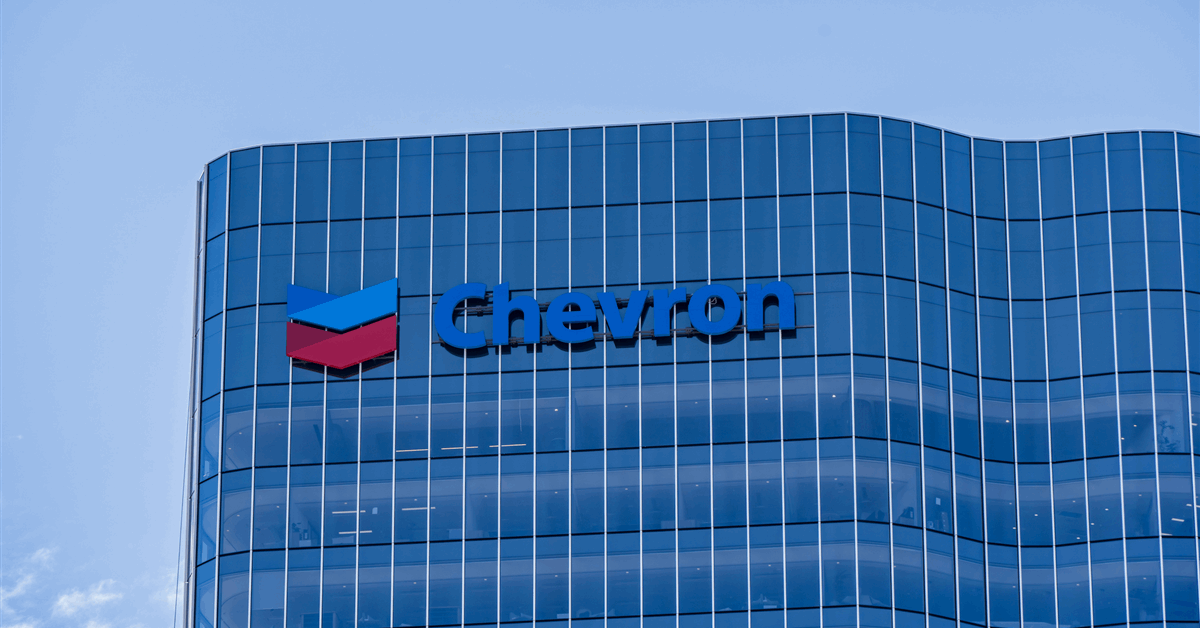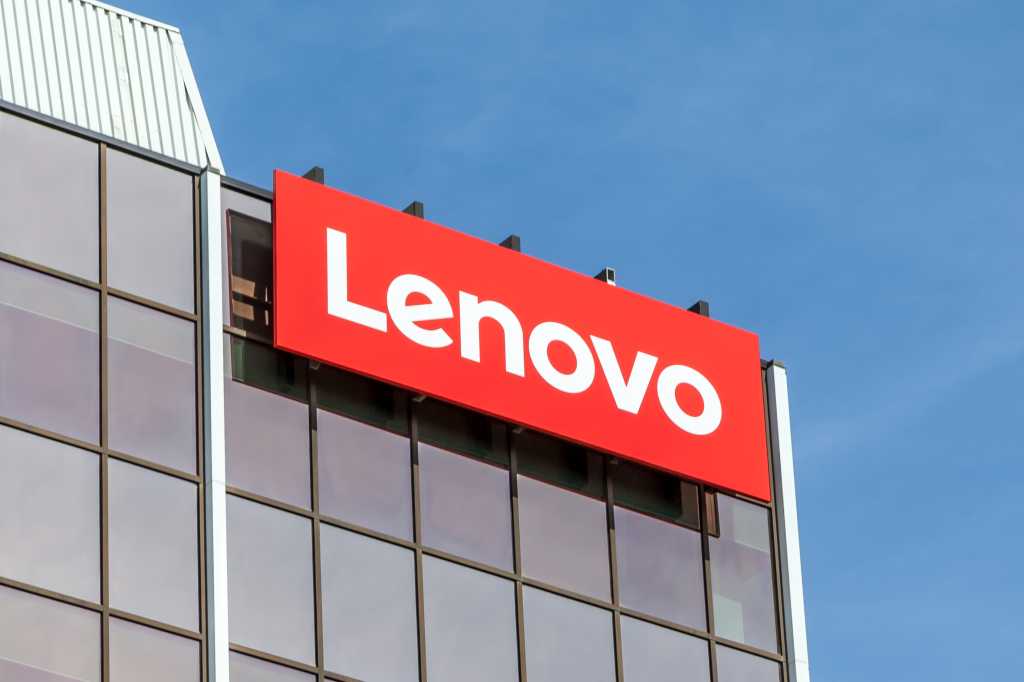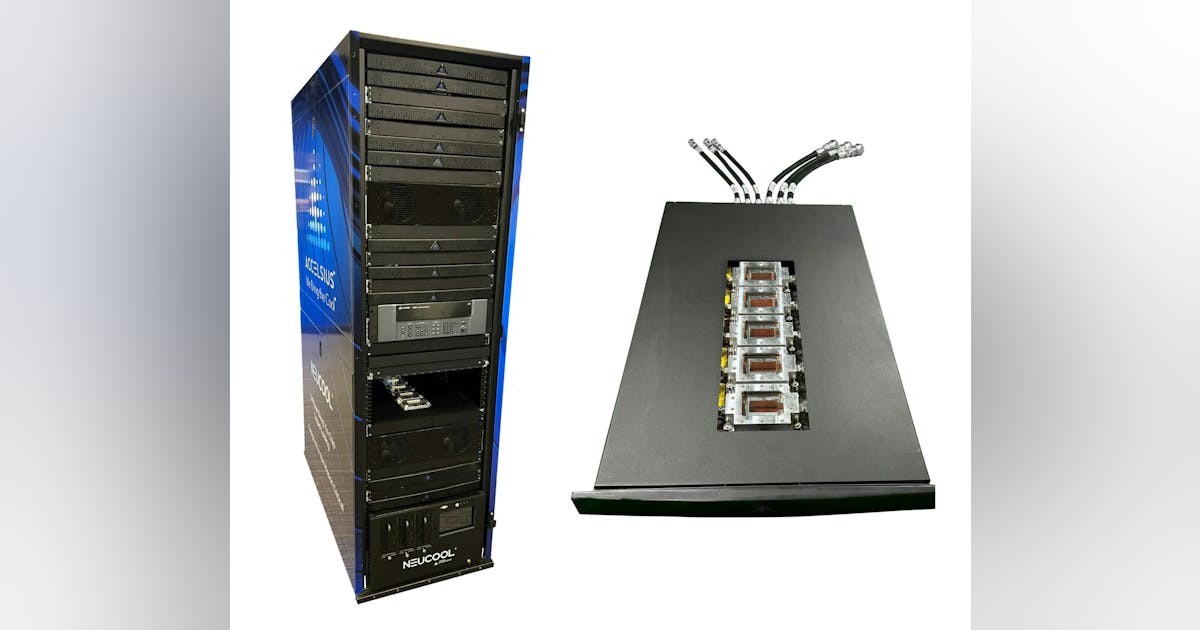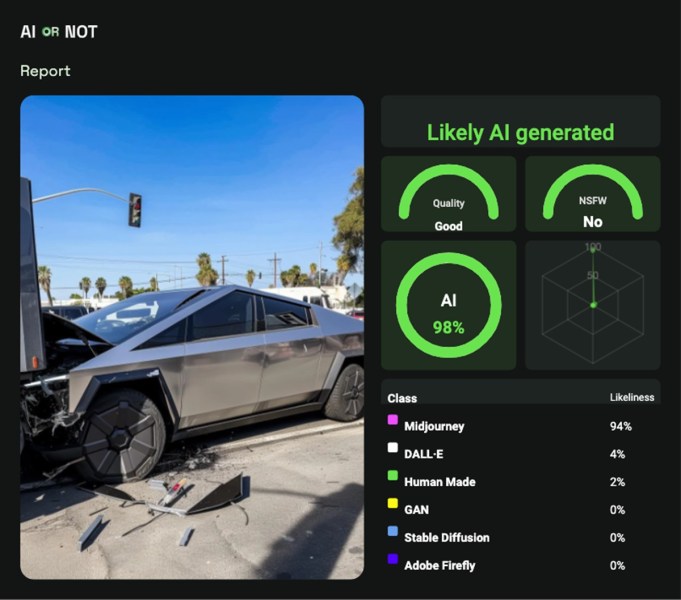
“There is barely an aspect of our society that will remain untouched by this force of change,” said UK Prime Minister Keir Starmer in a foreword to the report. “This government will not sit back passively and wait for change to come. It is our responsibility to harness it and make it work for working people.”
Litan described the UK plan as “farther reaching and addressing AI data and the workforce, so it is more comprehensive and seems more thoughtful.”
Asked for comment on the two strategies, Phil Brunkard, executive counselor at Info-Tech Research Group UK, said, “the US plans to lead the global AI race by combining its national security goals with sustainable infrastructure. Under the new executive order, the DoD and DoE will lease federal land for the private sector to build out AI data centers powered by clean energy, like nuclear, solar, or wind. The gist of their plan is to lead the way in responsible AI development to keep the US as the technology leader while being mindful of the environmental impact.”
Meanwhile, the UK’s AI Opportunities Action Plan, he said, “is heavily reliant on collaboration with academia and industry partners, backed by significant private sector investments in AI infrastructure. But its success will depend on how effectively it can solve energy and cooling challenges, especially in areas with limited resources.”
Brunkard added, “by focusing on domestic AI production and ethical oversight, the UK is hoping to balance innovation with responsibility, which is an essential step in building long-term technological resilience.”
Both plans, he said, “recognize that AI dominance requires more than just the latest and greatest cutting-edge technology; it’s about building solid infrastructure, securing data, and governing AI ethically. While the US emphasizes security and clean energy, the UK focuses on self-reliance and strong regulatory safeguards. These two distinct approaches show how geopolitical context can really shape national AI strategies.”





















